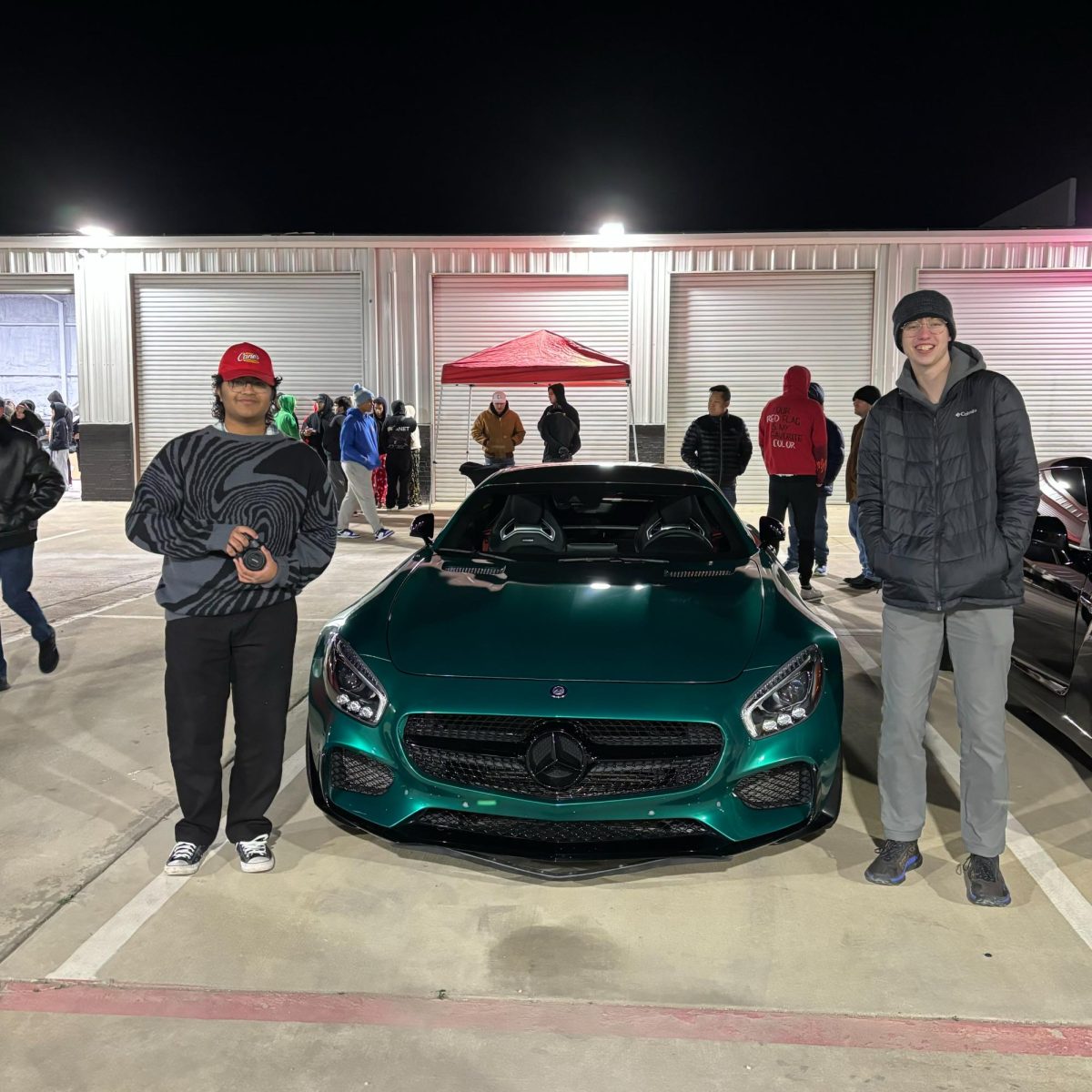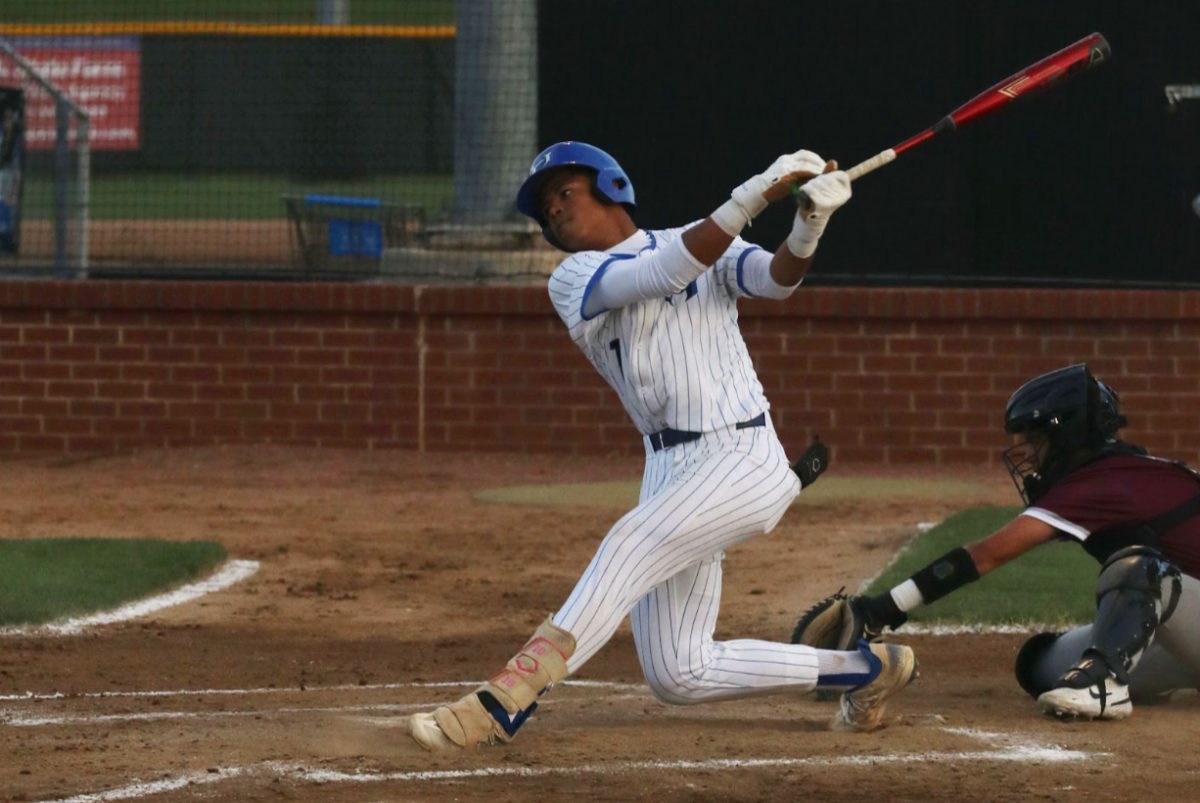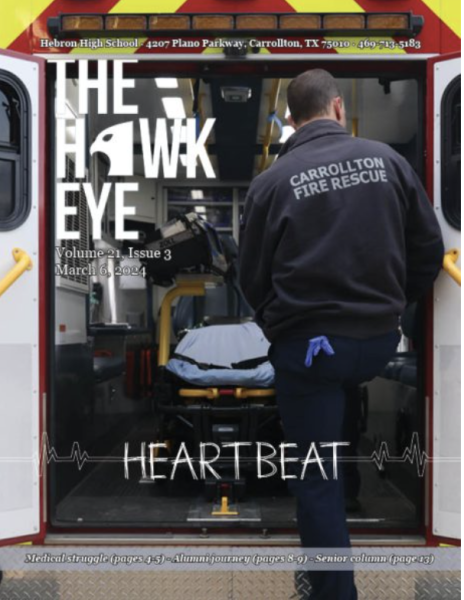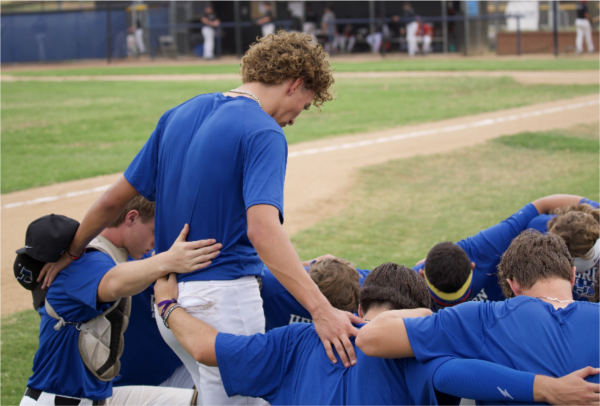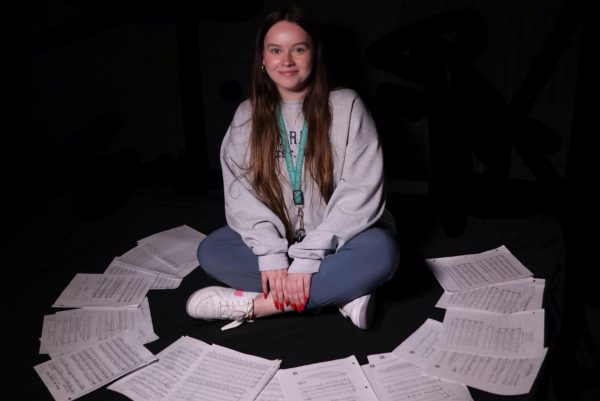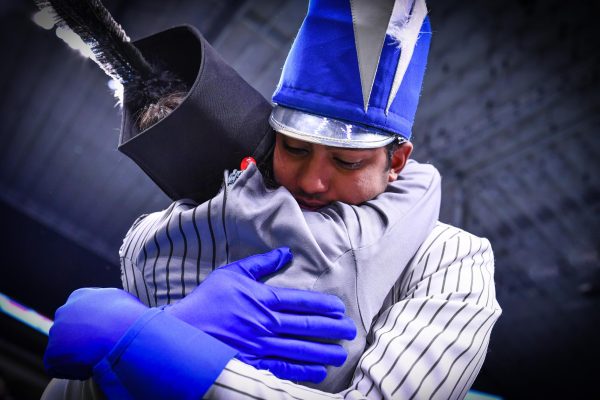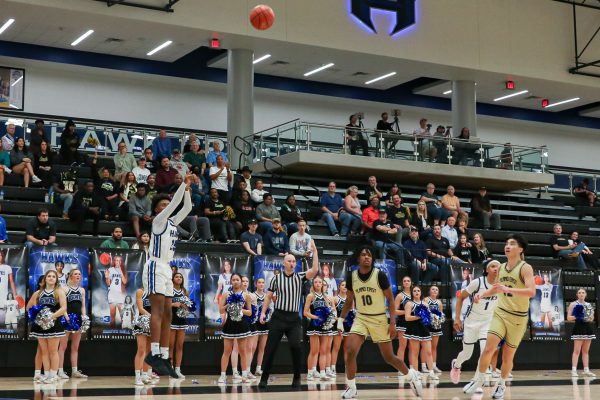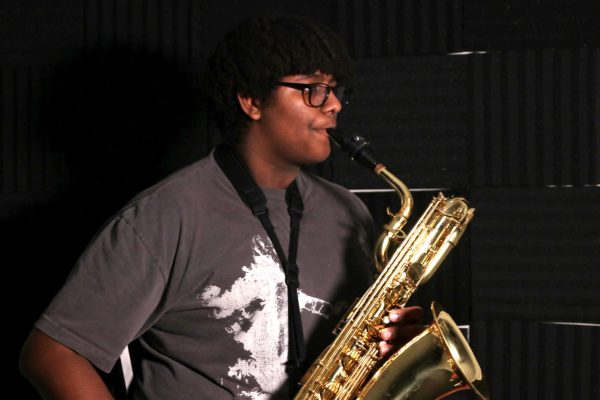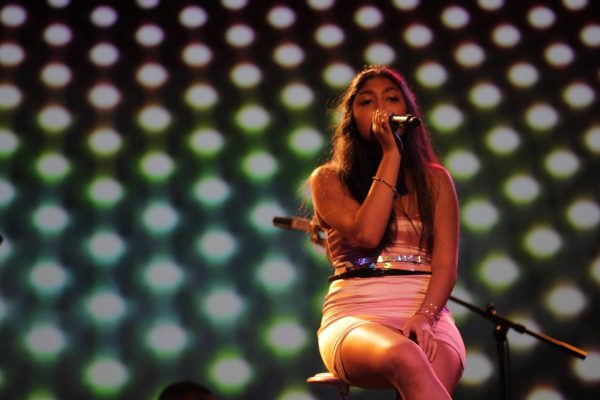Latin students ‘Rome’ through Italy
April 19, 2013
Over 2,000 years ago the Roman Empire reigned over a massive expanse of land across the European peninsula. For nearly two centuries, the rich Roman culture affected the terrain, and although nature has partially eroded evidence of this once world power, the ties that bind this land to its opulent history are more difficult to break. The centuries-old Roman culture has manifested itself in the customs of modern Italy, a culture still taught today in the 1400 hallway.
Over spring break, sophomore Zach Herman, junior Ross Timm, senior Russell Thurman and graduate Sam Robinson flew to Italy with Latin teacher Courtney Herring, fellow Latin students and teachers from Marcus and Flower Mound High School to witness the land of the once thriving Roman Empire firsthand.
The group of 30 followed a customized, “Latin-student friendly” version of the Bell’Italia tour by the American Council for International Studies (ACIS), an educational travel company, as they made their way through Venice, Florence and Rome for nine days.
“It was a life-changing experience,” Timm said. “Getting to see all the ruins up close and personal was really interesting and made me reflect on ancient times.”
The trips started in 2000 with Melisande Santos, Marcus Latin teacher, and are made every two years due to the year-long planning period. Santos made a similar trip in high school and wanted to provide the educational experience to her own students.
“One can never get enough of viewing Roman antiquities,” Santos said. “There is no other place to get such a great picture of what life was like for Romans.”
This was the second time Herring has gone with students, but she has made personal trips to Italy twice previously. The tour through ACIS was available to all Latin students for $4,000 per student, and the trip incorporates what students have learned about the Roman culture and Latin language.
“Modern Italian culture is totally different than Ancient Rome, that’s for sure, but it’s cool seeing what we talk about in the culture of Ancient Rome in actual [life],” Thurman said. “We went to Pompeii and saw the types of houses and the rooms and their infrastructure and how the roads work and different technology.”
After the 11-hour connected flight to Venice, the group toured the city before moving on to the more Roman influenced areas of Italy. The following day, they departed for Florence, where they toured the Duomo, Santa Croce and Piazza della Signoria, as well as an organic farm for fresh pasta and pizza – not to be confused with its greasy American counterpart.
“Italy is known for its food, for very good reason,” Herring said. “The main difference is fresh ingredients. You could have gotten a bowl of soup and it’s going to taste better.”
On the fourth day, they travelled to the city of Assisi, where they visited the Basilica of St. Francis and toured through a gelato factory. The remaining days were in Rome, where the group visited sites such as the Colosseum, Roman Forum and St. Peter’s Basilica, where they witnessed history in the making: the election of the Pope, which Santo described as a “religious rock concert.”
“We were eating dinner a couple of blocks away from Vatican City when the announcement ‘Habemus Papam’ came over the TV,” Herring said. “We finished up dinner quickly and walked over to the Vatican. There weren’t very many people there because everyone thought the election would happen on the next day. So we just walked right up very close and stayed for the whole thing.”
They also drove to the nearby ruins of Ostia and Pompeii. In Ostia, a historical port city, the group saw a necropolis (or city of the dead), bathhouse, theaters, houses and statues.
“Ostia was amazing,” Herring said. “It’s kind of like Pompeii, except it was never destroyed; it was just abandoned. So it’s preserved, much more intact, and you can actually walk in the buildings and so it’s a lot more interesting because you can see it up front, not behind glass.”
From the rich history to the beautiful landscapes to the scrumptious food, the trip as a whole was an eye-opening experience for the group. According to the students, they were able to expand their understanding of Roman culture.
“[Latin students are] not like kids that take Spanish and French and German,” Herring said. “Especially Spanish, they actually will meet people who they can use the language with. Everyday they see [it] is useful. Latin kids know it is, but they finally get to experience what it is, and see that even though what they read about is long-gone, it’s still fully alive.”



